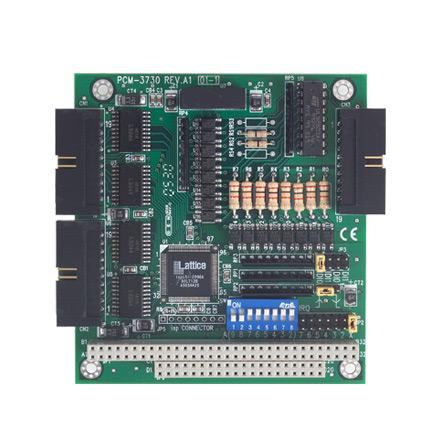

Types of Reflective Glass
Reflective glass, a popular choice in modern architecture and design, serves both aesthetic and functional purposes. Its ability to reflect sunlight and reduce glare makes it an attractive option for commercial and residential buildings alike. This article will explore the various types of reflective glass available on the market today, highlighting their unique characteristics and applications.
1. Low-Emissivity (Low-E) Glass
Low-E glass is coated with a thin layer of metallic oxide that reflects infrared energy while allowing visible light to pass through. This technology helps to maintain indoor temperatures by keeping heat inside during winter and reflecting it outside during summer. Low-E glass is particularly popular in energy-efficient homes and commercial buildings, as it can significantly reduce heating and cooling costs.
2. Tinted Glass
Tinted reflective glass is created by incorporating color pigments into the glass during manufacturing. The tint reduces glare and solar heat gain, making it an excellent choice for buildings located in areas with intense sunlight. Common colors include bronze, gray, and blue, each of which offers a different level of light transmission and heat absorption. Tinted glass not only enhances the building's appearance but also provides privacy and reduces the need for artificial lighting.
3. Mirror Glass

Mirror glass is one of the most reflective types available, offering a highly polished surface that reflects almost all incoming light. This type of glass is used primarily for decorative purposes, as well as in interior applications like bathrooms and dressing rooms. In commercial settings, mirror glass can also be used in facades for a modern, sleek appearance. However, its extreme reflectivity can sometimes lead to excessive heat buildup, requiring careful consideration in its use.
4. Spectrally Selective Glass
Spectrally selective reflective glass is designed to control the transmission of specific wavelengths of light and heat. This advanced technology allows for maximum light transmission while minimizing heat gain, making it ideal for climate-sensitive buildings. Often used in high-performance commercial applications, this type of glass can contribute to LEED certification and other sustainable building standards.
5. Reflective Laminated Glass
Reflective laminated glass combines the benefits of reflective and laminated glass technologies. It is made by sandwiching a layer of polymer interlayer between two layers of glass. This construction not only enhances the glass's reflective properties but also increases safety and security, as it holds together when shattered. Reflective laminated glass is ideal for high-traffic areas and buildings that require additional protection from breakage.
Conclusion
The choice of reflective glass can significantly impact the energy efficiency, aesthetics, and functionality of a building. With options ranging from low-emissivity and tinted glass to mirror and spectrally selective glass, there is a solution tailored to meet various design and performance needs. As the demand for sustainable building materials continues to grow, reflective glass remains a versatile and essential component in modern architecture. Its ability to enhance both comfort and style ensures that it will be a popular choice in future building projects.